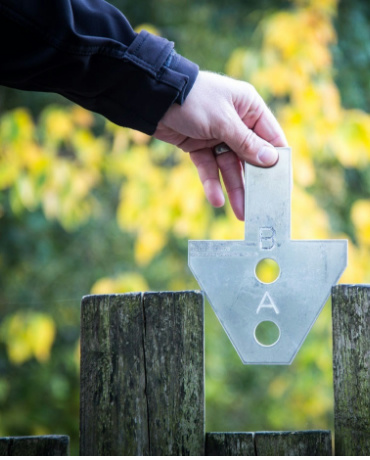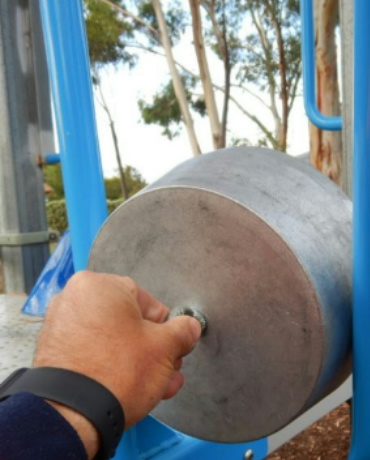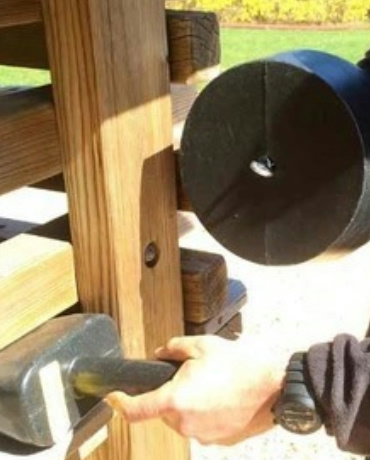Material Quality Control
Before production begins, all materials used in the manufacturing of playground equipment undergo rigorous testing to ensure they meet safety and quality standards. This includes testing for durability, strength, and resistance to weathering and corrosion.
Component Testing
Each component of the playground equipment, such as slides, swings, and climbing structures, undergoes individual testing to ensure it meets safety and performance requirements. This testing includes load testing, impact resistance testing, and functionality testing.
Structural Integrity Testing
Once the components are assembled into the final playground structure, comprehensive structural integrity testing is conducted to verify its stability and safety. This includes testing for structural strength, stability during use, and resistance to external forces such as wind and seismic activity.
Fall Height and Impact Testing
Playground equipment is tested to ensure it complies with fall height and impact attenuation standards to minimize the risk of injury in the event of falls. This involves measuring the maximum fall height from which a child could fall and assessing the impact attenuation properties of the surface materials.
Safety Surface Testing
The safety surfacing materials used around playground equipment, such as rubber mulch or synthetic turf, undergo testing to ensure they provide adequate impact attenuation and meet safety standards for shock absorption and fall protection.
Chemical Safety Testing
Playground equipment is tested for compliance with regulations regarding the presence of hazardous substances such as lead, phthalates, and heavy metals. Materials are tested for toxicity and potential harm to children's health.
Accessibility Testing
Inclusive playground equipment is tested to ensure it meets accessibility standards and is accessible to children of all abilities. This includes testing for wheelchair accessibility, tactile and sensory features, and ease of use for children with disabilities.
Continuous Monitoring and Compliance
Throughout the manufacturing process, ongoing quality control measures are implemented to ensure that all equipment meets safety and quality standards. Regular inspections and testing are conducted to verify compliance with regulations and industry standards.







